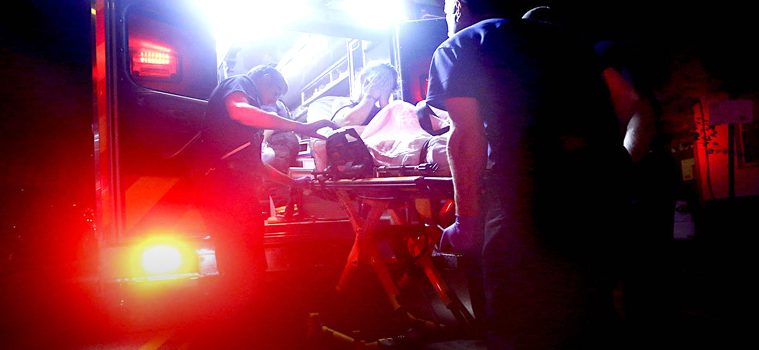Legalize It! –
October 24, 2019 – “Looking at the difference in costs gives us a sense for how much more complicated is their overall health care picture and what those additional expenses look like for two otherwise comparable people,” Davenport explains. Opioid addiction is linked to other health problems. Patients might have chronic pain or mental illness that underlies their addiction; infectious diseases like HIV and hepatitis C can spread among injection drug users; and there can also be higher costs for other conditions like anemia, liver disease and pulmonary heart disease, according to another Milliman analysis from earlier this year. There are also health costs for people who live in the same household as someone with an opioid use disorder — their lives might be more complicated and their mental and physical health can suffer as a result.
Then there are the costs for infants born dependent on opioids — what’s called neonatal abstinence syndrome. “The epidemic effect is starting to create a second generation that extends down to children and unfortunately newborns as well,” Hall says. In 2018 those costs were $800 million, but they estimate this year they could be almost $1 billion. There are still more costs the report could not capture, including elevated costs for patients whose opioid use disorder is undiagnosed and potential ongoing expenses for children born with neonatal abstinence syndrome as they grow up.



